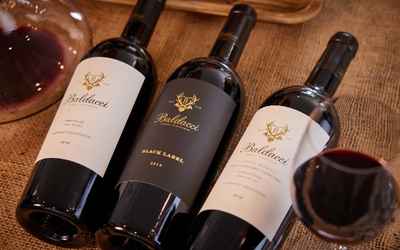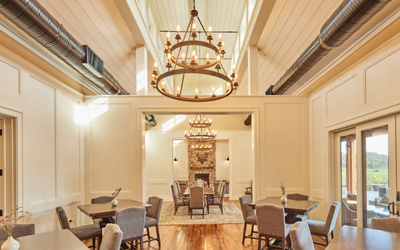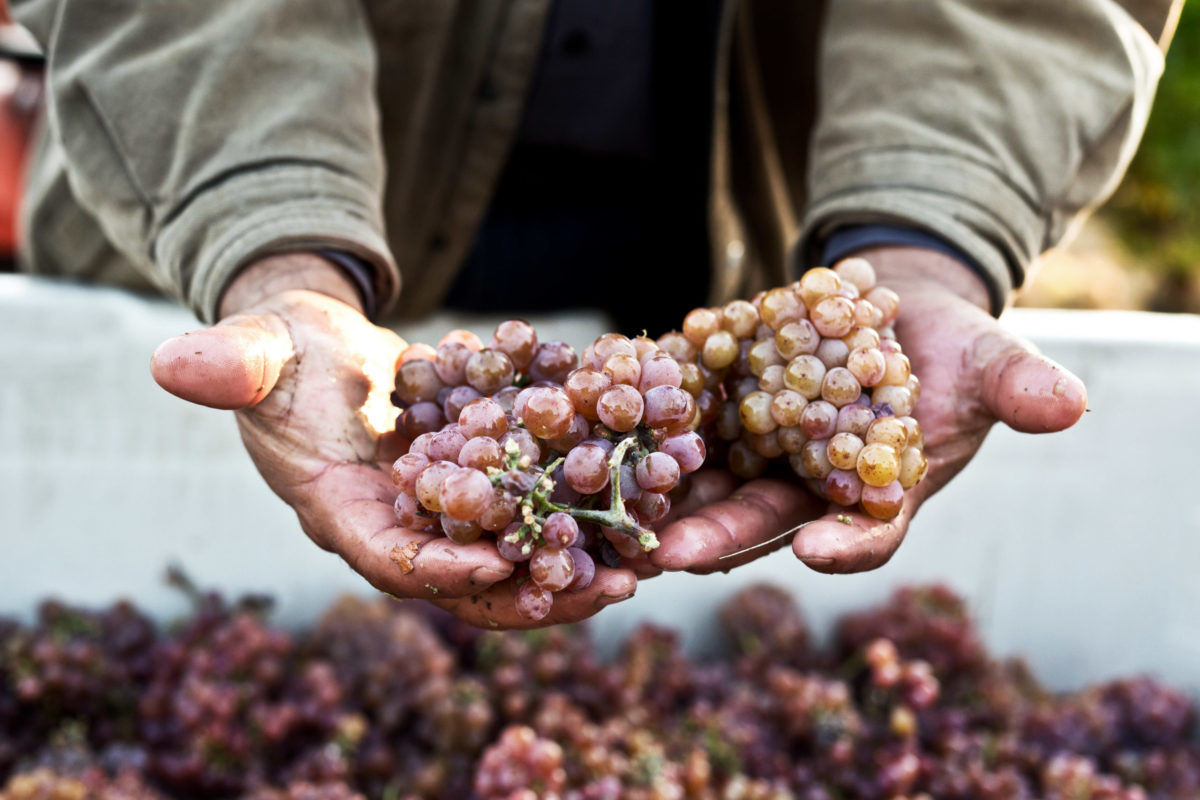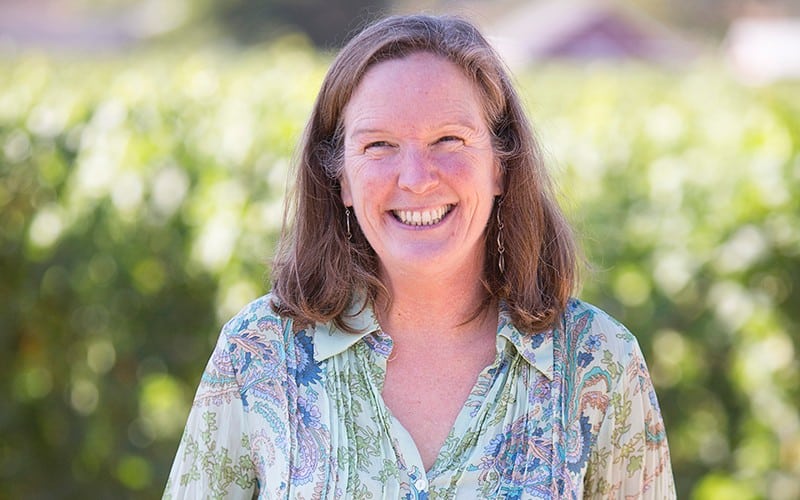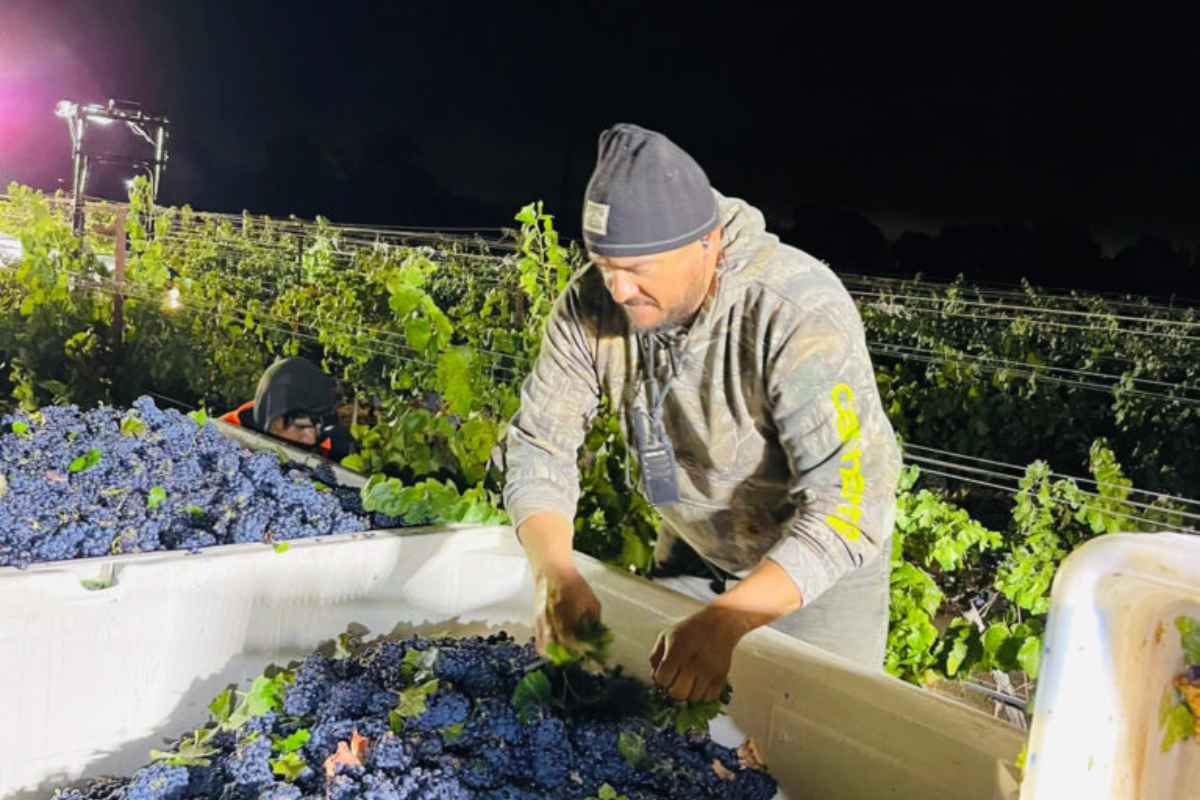
It’s that special time of year that wine growers both yearn and stress for: harvest season. “What can be so stressful about harvest?” you might ask. To sum it up quite simply, your entire year’s worth of work is determined by making the right decisions during harvest. Make the wrong moves, pick too soon, or wait too late, and that entire year’s vintage can be compromised. This is the part of the winemaking process that requires the most attention to detail because most variables are in play. So just how do winegrowers make the call to start picking?
When to Harvest
The months leading up to harvest season are all about looking for certain indicators in the grapes. Veraison is one of the main indicators. Veraison occurs when the pigment in the grape’s skin begins shifting from bright green to darker hues. You can also notice the grapes softening and rapidly increasing in their size. After the veraison phase, there is about a 30-70 day ripening period before grapes reach full maturity. Winegrowers want to be very meticulous when deciding when their grapes have reached full maturity. If they were to pick too early, the grapes would lack a certain ripeness needed to produce a quality bottle of wine. So why not just play the long game to be safe? This is where more variables can come into play and make things tricky. The primary goal of winemaking is to allow the maximum number of grapes to reach their pinnacle of ripeness. This is how wine gets labeled as a “full-bodied” wine. Heat and sun exposure are the greatest determinants for how ripe a wine will be. This is why there are risks when waiting too long to harvest. As summer shifts to autumn, the weather becomes less predictable and there is a higher chance for cloudy or rainy days. A few of these can be enough to completely disrupt the quality of the grapes. Winegrowers are walking a tight rope during late summer and early autumn to determine the most opportunistic time to start their harvest.
How to Harvest
Through the process of testing the Brix (sugar level) of the grapes and forecasting the weather, winegrowers are able to decide on the most optimal time to start picking. When the time is right, winegrowers will get a crew together to start picking early in the morning before the sun rises. The darkness combined with cooler temperatures allows for more stable acid levels when picking. Larger wineries producing in bulk typically use machinery to assist them with the harvest. For smaller wineries like ours, we will hand-pick the grapes from the vines. Using nothing but sheers and a grape bin, vineyard crews will harvest as much as they can in the designated plots on the vineyard until the sun comes up. Once all the grapes are picked, they must be rushed back to the winery for sorting. Winegrowers will go through a process known as “triage” to separate the quality bunches of grapes from the inferior bunches. This process is typically done by hand, but as technology improves, more and more wineries rely on machinery to handle the triage process. Once the best bunches of grapes have all been selected, it’s time to stomp! Well, not literally. Most wineries use an automated machine to handle the crushing process. Once crushed, the harvest has officially been completed and the long months of fermentation begin.
Big Takeaway
To put it simply, harvest season is like a sport’s playoff in the wine world. You have been working all year to achieve the goal of making the best wine possible. Harvesting too early or too late can feel like your team got knocked out in the first round – all that work for a poor result. But, if you get everything right, it truly feels like hoisting the Lombardy trophy over your head. At Baldacci Vineyards, we embrace the challenges of harvest and we strive to make each year a championship season.
